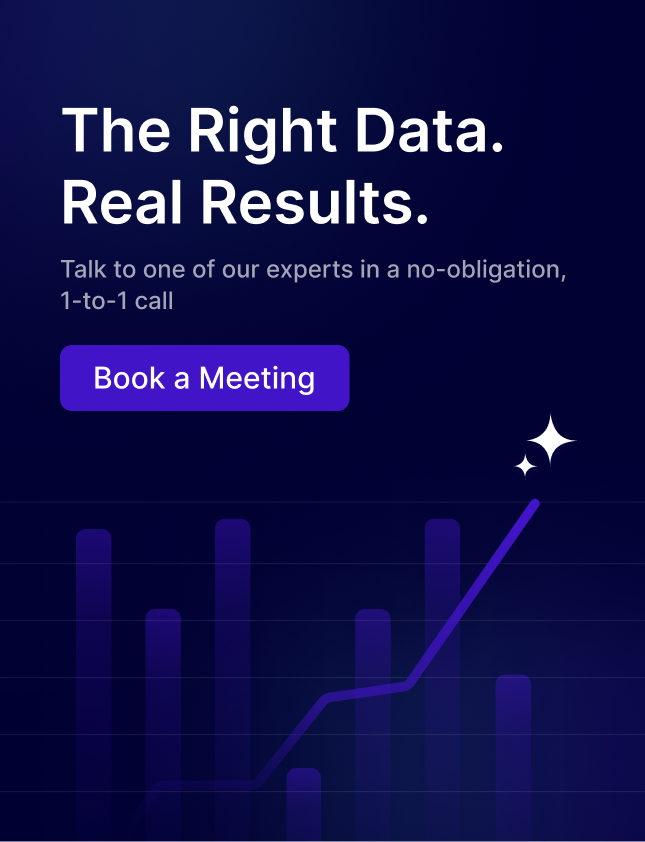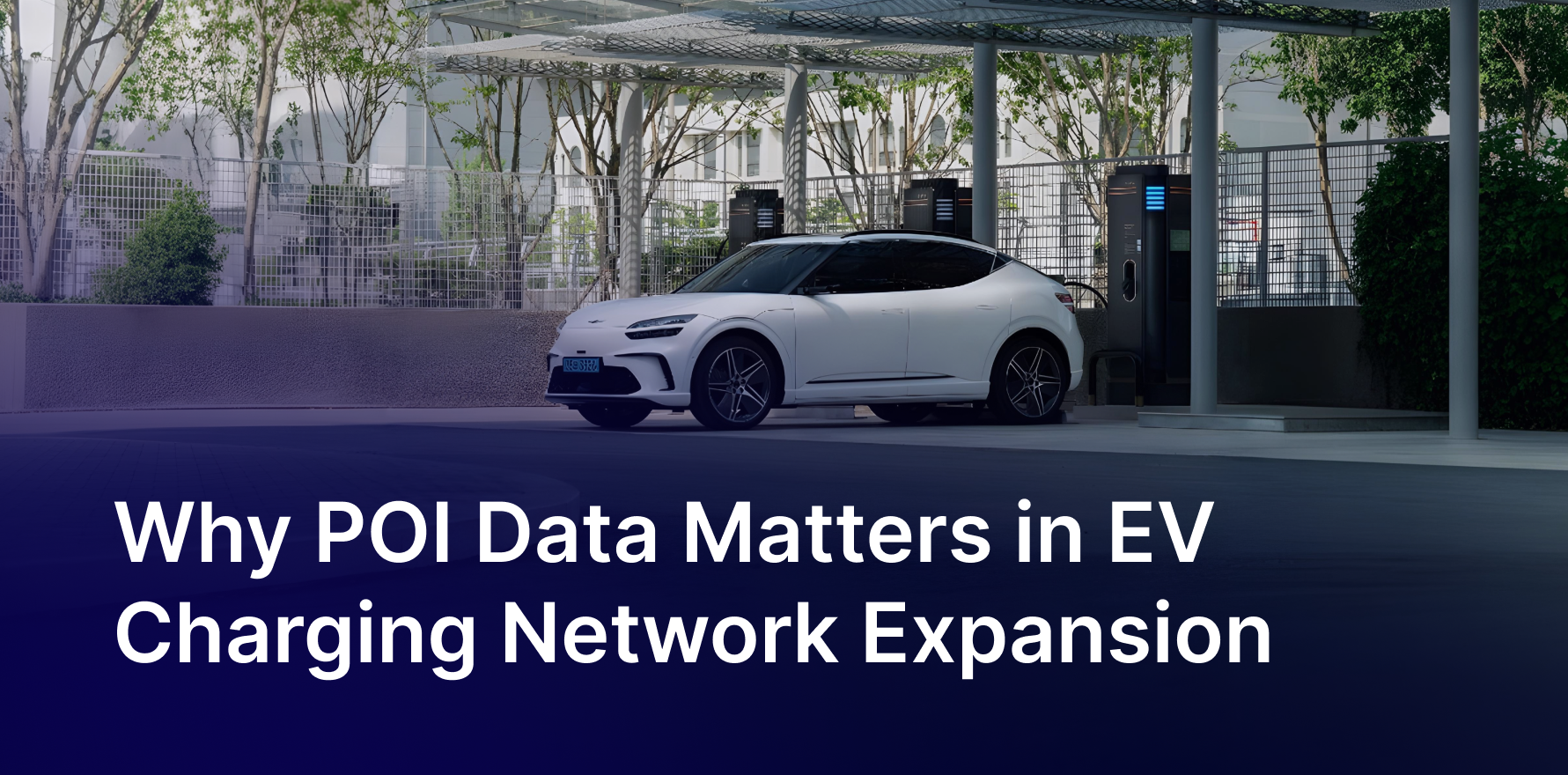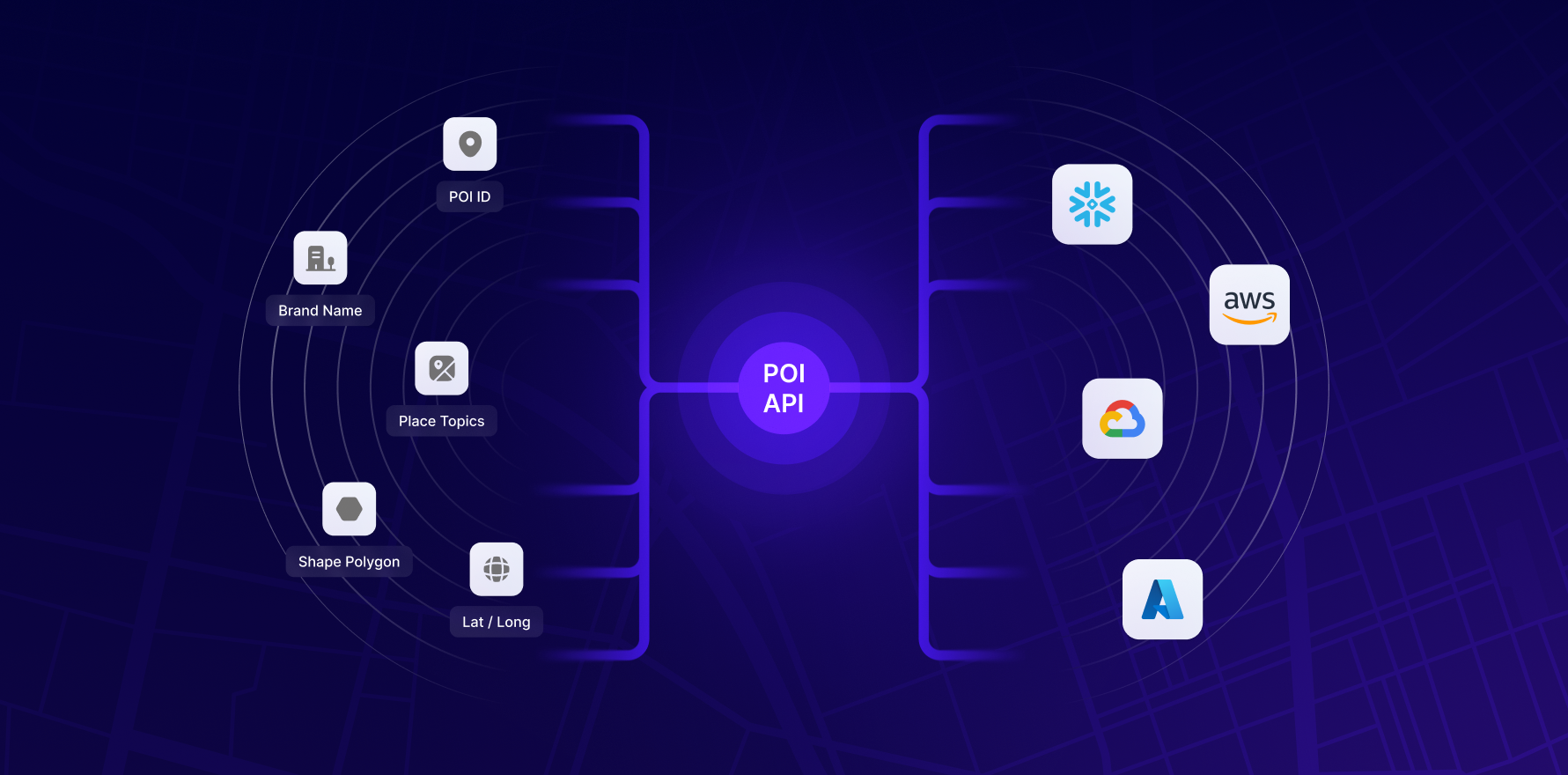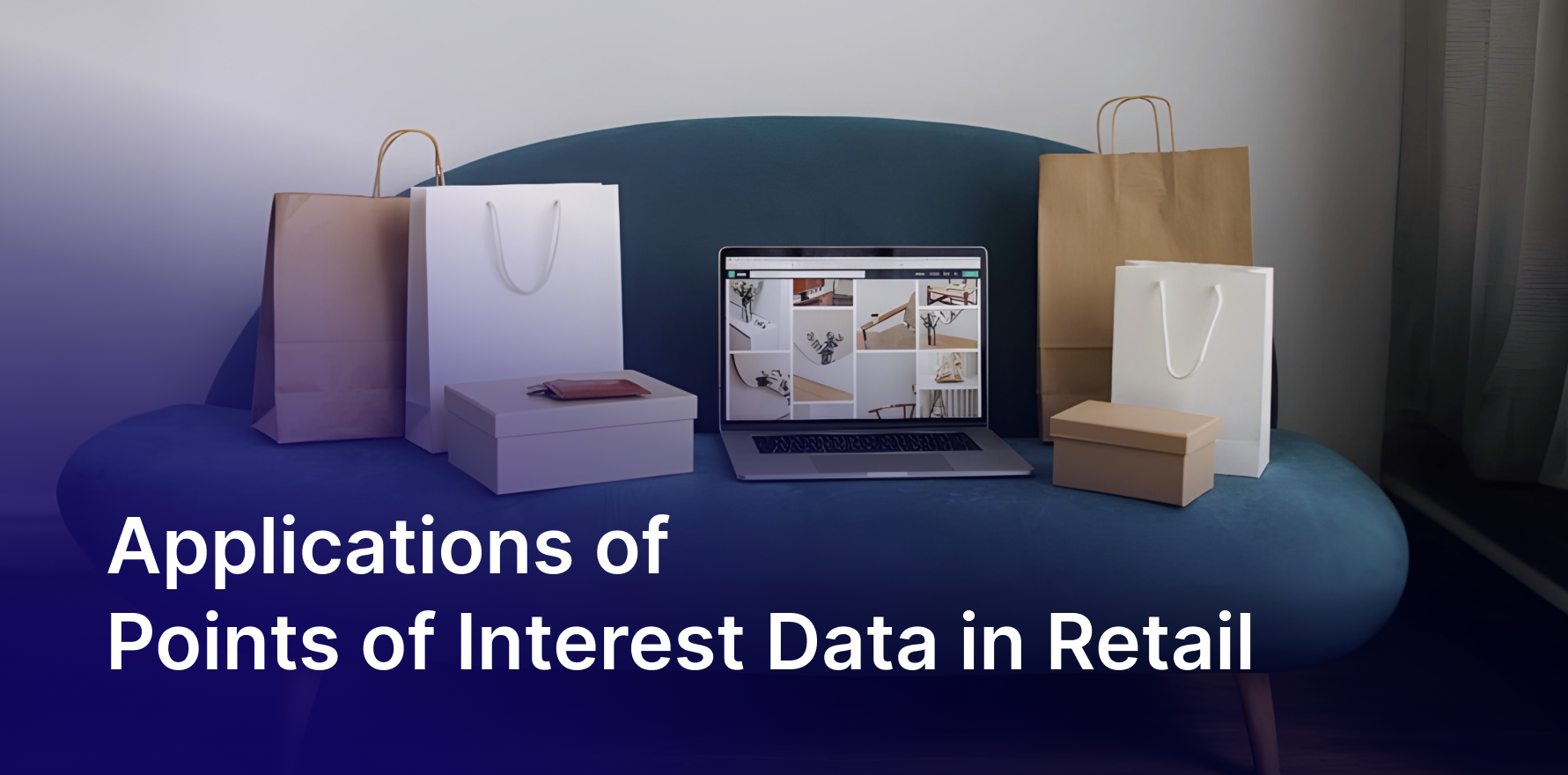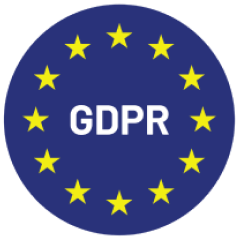Imagine this: It’s Tuesday morning and your phone pings. “Your usual coffee is ready for pickup.” You didn’t place an order, and you haven’t even opened the app.
But the coffee shop somehow knew you’d be passing by. This isn’t a coincidence. It’s the power of POI data personalization at work.
Brands can no longer rely solely on digital footprints as customer expectations evolve. While online behavior reveals some insights, it’s only part of the story. People live, move, and make decisions in the physical world.
To deliver truly relevant personalization, businesses must bridge the gap between online and offline experiences.
That’s where Point of Interest (POI) data comes in.
Why POI context matters in personalization
POI data focuses on places, physical locations where people engage with the world around them: restaurants, gyms, stores, transit hubs, and more.
With Factori’s POI dataset covering over 200 million global locations across over 6,000 categories, marketers gain access to an added layer of real-world context that enhances digital profiles.
For example, if someone frequently visits hiking trails and outdoor supply stores, that offers a more authentic view of their lifestyle than a one-off Google search for hiking boots. POI data helps brands go beyond surface-level intent to understand actual customer behavior.
Enhancing customer profiles with location-based insights
Digital signals like search history, ad clicks, and purchase behavior drive traditional personalization. However, these signals often miss key offline behaviors that shape preferences.
POI data fills this gap by offering insights into the places customers visit, the neighborhoods they frequent, and the activities that form their routines.
This added context allows brands to move from reactive personalization based on past clicks to proactive engagement rooted in how people navigate the real world.
And it helps advertisers to target better and win in the market and beat the competition.
Instead of just knowing what someone browsed last night, you understand where they go, what surrounds them, and what might interest them next.
Bringing POI Data into your strategy
You don’t need to track every customer step. Even limited but meaningful POI integration can provide powerful insights. Businesses today are incorporating POI data into their personalization strategies in various ways.
Some use mobile apps to request location sharing in exchange for clear value, like making an order ready at the right time. Others rely on aggregated data from providers like Factori, which offer anonymized movement patterns rather than personal location histories.
Enriching a customer’s home or work address with nearby POIs can also provide strong signals without requiring active tracking. Loyalty check-ins at specific venues can also yield valuable POI data in return for rewards.
Once collected, this data becomes even more valuable when plugged into existing systems. Businesses can enrich CRM profiles with POI context, trigger marketing campaigns based on proximity to specific types of POIs, or improve product recommendations based on location-based habits.
Real Examples of POI-Driven Personalization
Neighborhood-Based Targeting
Retailers can use POI data to tailor experiences based on neighborhood context. For instance, stores in suburban areas may highlight family-focused products, while urban locations might promote compact furniture or quick delivery services.
Delivery apps can prioritize nearby restaurants based on what’s popular in the area. Banks can fine-tune financial guidance depending on whether customers live near universities, business districts, or high-footfall shopping areas.
Contextual Marketing Moments
POI data also helps brands deliver messages at just the right time. For example, a hotel app can offer seamless check-in when guests approach the property. A home improvement store can send project ideas when customers have recently visited showrooms. A coffee chain can prepare someone’s usual order before walking in.
Factori’s POI data includes functional layers like peak hours, business categories, and geo-boundaries, making this contextual engagement possible.
Physical-Digital Experience Harmony
Integrating POI data enables smooth transitions between online and offline experiences. For example, a customer might browse hiking gear online, visit a store, and receive follow-up suggestions based on nearby POIs.
A loyalty program member traveling to a new city can still get personalized recommendations because their behavior profile includes visit patterns.
Electronics retailers can send gentle nudges about products a customer viewed in-store, triggered by local POI visits.
This kind of physical-digital integration strengthens loyalty and keeps customers engaged across channels.
Here’s how POI data helps businesses in market entry decisions
Keeping it privacy-first
Personalization only builds loyalty when trust is intact. Fortunately, POI data doesn’t require intrusive tracking to be effective. The most successful brands use it in ways that prioritize customer privacy.
Aggregated insights allow brands to identify behavioral trends without pinpointing an individual. Transparent consent practices help customers feel in control of what they’re sharing and why. And collecting only the data you need, rather than everything possible, keeps things focused and respectful.
Vetting your POI data providers is just as important. At Factori, all data is collected through compliant, privacy-conscious methods, ensuring brands stay aligned with their built trust.
Brands doing it right
A national sporting goods retailer used Factori’s POI data to enhance its understanding of customers. They realized purchase history alone wasn’t telling the whole story; someone buying running shoes might be a cyclist or a casual gym-goer.
By analyzing visits to local sports facilities, they discovered deeper activity preferences and tailored email campaigns to match. Engagement rates jumped, and customers noticed the difference.
A regional bank took a similar approach, using POI data to enrich address-level insights. Customers living near colleges received information about student loans, while frequent travelers were shown credit card benefits suited to their lifestyle.
This localized relevance led to increased product uptake and higher satisfaction scores.
Five ways to elevate personalization with POI Data
To start building more innovative experiences with POI data, focus on five principles:
First, prioritize context instead of tracking individuals. Understanding patterns at a segment level often delivers enough insight to act meaningfully.
Second, POI data can bridge the gap between digital engagement and real-world movement.
Third, begin with clear use cases where location context adds immediate value, such as targeting offers near high-traffic POIs.
Fourth, treat privacy not as an afterthought but a key feature of your offering.
And finally, test and iterate. The best strategies evolve through learning and optimization.
Getting Started
POI data is more than just a set of coordinates. It’s the connective tissue between people and places, between intent and action.
To enrich your personalization efforts, start by auditing where your current approach falls short. Look for places where adding POI context could improve timing, relevance, or resonance.
Explore datasets like Factori’s, which offers over 50 attributes per POI. Consider a pilot project, such as geofencing high-value locations or enriching customer profiles with local POI information.
Communicate your approach to users so they understand how sharing basic data translates to better experiences.
When you get it right, customers feel like you genuinely understand them, not because you’re watching, but because you’re listening to the signals they leave in the places they go. And that’s what modern personalization is all about.
The top-performing companies already use POI data to guide more innovative personalization and CX. Are you?
Let us help you make your business perform better.
Book a 15-minute strategy call with our data experts.
You may also like

![[Blogpost ]Enhancing Customer Experience with POI Data Insights Enhance customer experience using POI data](https://www.factori.ai/wp-content/uploads/Blogpost-Enhancing-Customer-Experience-with-POI-Data-Insights-scaled.png)
